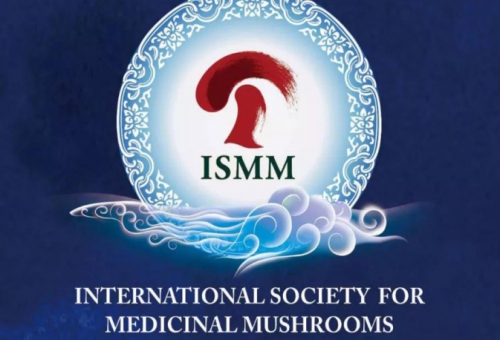
‘The greenish form of death cap does look like the paddy straw mushroom,’ says Kibby. ‘Even the bulbous bag at the base of the stem can be present on the paddy straw mushroom so that wouldn’t have alerted them initially.’ The only way to tell them apart is by looking at their spores, according to Kibby: ‘The paddy straw mushrooms have pink spores whereas the death cap have white spores.’ There are also chemical tests that can be carried out: adding sulfuric acid to the mushroom’s stem or gills will turn black if it is a death cap. The Meixner test uses concentrated hydrochloric acid and newspaper to determine the presence of the deadly toxin α-amanitin.7
As an experienced mycologist, Kibby is often called upon to help with mushroom poisonings via the National Poisons Information Service (NPIS), which is a clinical toxicology service available for healthcare professionals in the UK. In 2011, the NPIS saw 257 poisoning cases linked to eating mushrooms in the UK, but without any deaths in over four years. That was until last year, when Kibby’s expertise was urgently needed as a married couple were hospitalised after eating mushrooms suspected to be death caps. ‘They [NPIS] got the son to go down to the bottom of the garden and photograph the mushrooms for me, they also packaged some up and sent them to me in London that same afternoon,’ explains Kibby. ‘As soon as I opened the package I could smell that gone-off honey smell that is so typical for A. phalloides [death cap].’
Sadly the woman died from multiple organ failure, but her husband survived having only consumed a very small amount of the fungi. ‘She was doubly unlucky, as it was the end of the year so they shouldn’t have been there in the first place, and they were albino in colour; the least typical colour form [for death caps],’ says Kibby. ‘Apparently, she had identified them as edible mushrooms using a field guide,’ he adds.
metal recycling
Unfortunately, even non-poisonous fungi can be pretty bad for you, because they are very good at recycling. They are non-photosynthetic organisms, gaining energy and nutrients for their biosynthetic pathways through the degradation of other plants and matter, which means they can easily absorb trace elements from their local environment.
Fungi collected near former smelters, landfill sites and land treated with sewage sludge can accumulate significant quantities of metal ions, such as cadmium, mercury, lead, copper and chromium. Even worse, high levels of radioactive caesium-137 isotope have been found in mushrooms. ‘It was only a few years ago that the British government stopped monitoring toadstools generally from the fallout at Chernobyl,’ says Newcombe. Kibby believes that there are still some areas of far eastern Scandinavia where picking mushrooms is not advisable, due to the radiation found in them.
Newcombe once harvested mushrooms growing near a disused factory that was an old iron smelter. ‘You could taste the iron in them,’ he says. ‘I sent samples off to be tested and, sure enough, there was more iron in them than there should have been.’ And mushrooms that grow near roadside edges can absorb lead from passing vehicles. The mushrooms themselves might be edible, but once they have absorbed metals from their surrounding environment they can become poisonous due to the high concentration of heavy metals found inside them.
Reader beware
In the UK, collecting mushrooms is more of an occasional pastime, whereas in other cultures people pick them for everyday consumption. In mainland Europe, pharmacists can be asked to help identify them. ‘Problems arise when people try to identify edible mushrooms using only a guidebook. If you want to eat wild mushrooms, you’ve got to go on organized forays with someone that knows what they are doing,’ says Kibby. ‘No matter how good the field guide is, it can’t possibly cover all colour variations and eventualities. It seems silly to risk your life when you can go to your local deli and buy exotic mushrooms there,’ he says.
Kibby says that, contrary to what you might expect, most poisonings happen not from picking really weird-looking mushroom, but from the most normal looking ones, such as paddy straw mushrooms. ‘If only people would stick to really weird and wonderful mushrooms like some Boletus,’ he says. ‘Then you can’t go wrong as you can’t mistake them for anything else.’
























